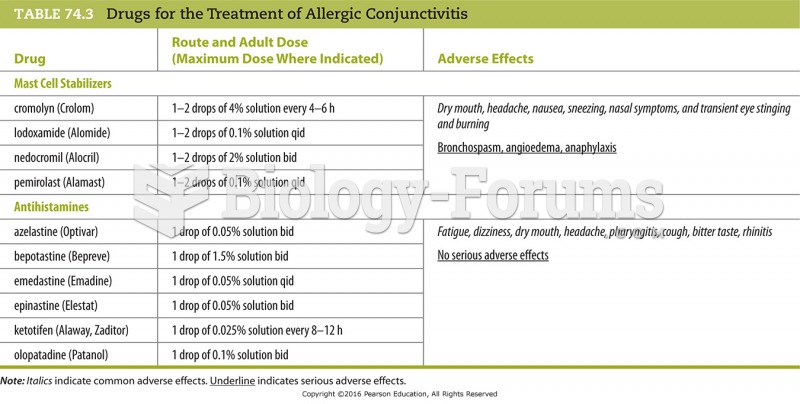This topic contains a solution. Click here to go to the answer
|
|
|
Did you know?
Prostaglandins were first isolated from human semen in Sweden in the 1930s. They were so named because the researcher thought that they came from the prostate gland. In fact, prostaglandins exist and are synthesized in almost every cell of the body.
Did you know?
Blood is approximately twice as thick as water because of the cells and other components found in it.
Did you know?
Approximately 500,000 babies are born each year in the United States to teenage mothers.
Did you know?
Cyanide works by making the human body unable to use oxygen.
Did you know?
A good example of polar molecules can be understood when trying to make a cake. If water and oil are required, they will not mix together. If you put them into a measuring cup, the oil will rise to the top while the water remains on the bottom.







